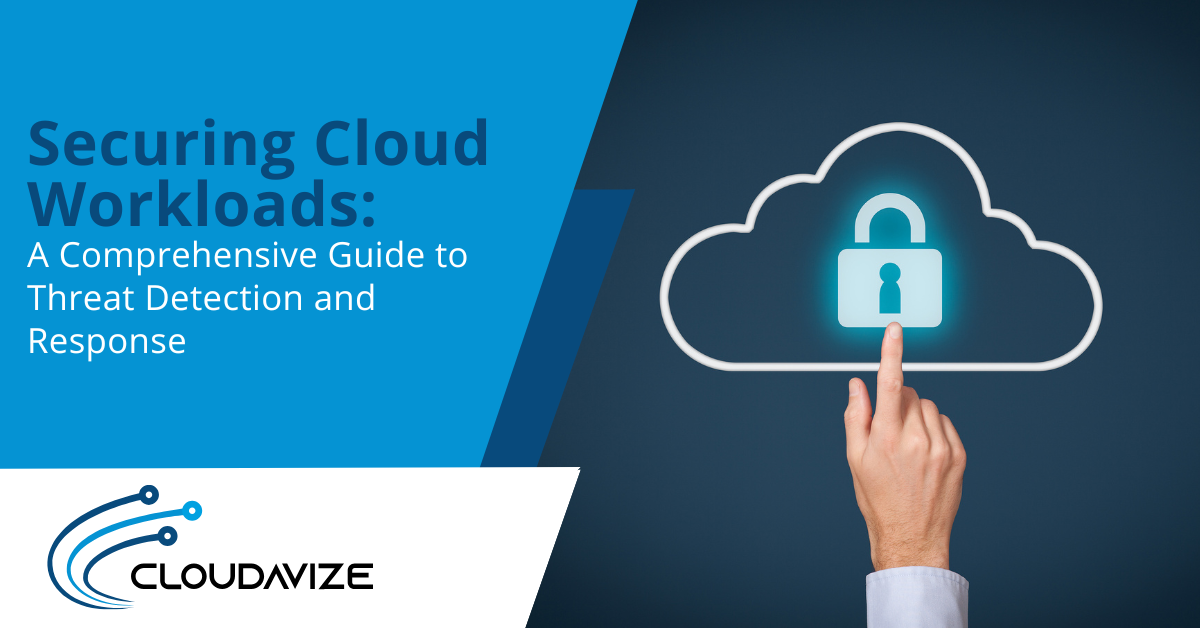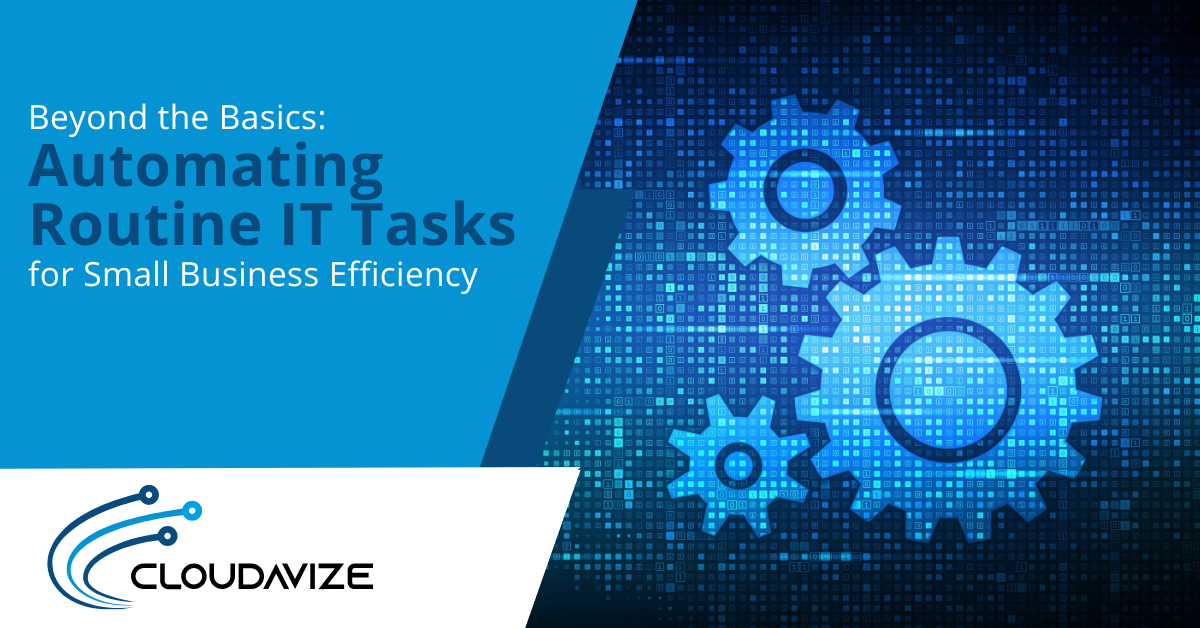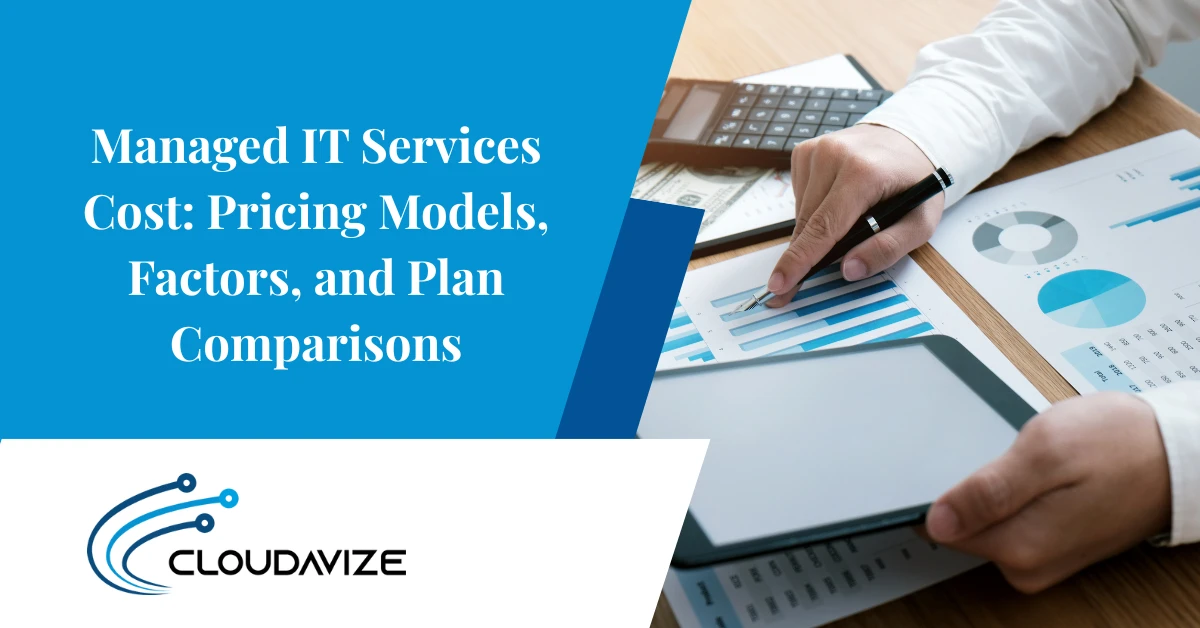If your business relies on cloud-based systems to stay agile and competitive, you already know how crucial it is to keep those environments secure. But here’s the kicker; the cloud isn’t just convenient, it’s also one of the most common targets for modern cyberattacks.
Let’s take a detailed look at how to lock down the security of your cloud workloads. We’ll focus on threat detection and response as the backbone of a strong security posture.
Why should you care? Because failing to properly secure your cloud assets can lead to massive data breaches, lost revenue, reputational damage, and even regulatory fines. Whether you’re running a growing startup or managing an established small business, the right cloud security strategy could save you big, financially and operationally.
Table of Contents
Why Cloud Workload Security Needs Your Attention
Cloud workloads (your virtual machines, applications, databases, and services running in public or hybrid cloud environments) are essential for day-to-day business. But with their convenience comes risk.
According to IBM’s 2023 Cost of a Data Breach report, data breaches in hybrid cloud environments cost an average of $4.45 million, with cloud-based breaches taking 50% longer to identify and contain than those in traditional environments.
So what’s increasing the risk?
- Misconfigurations – Easy to overlook, but a top cause of cloud security incidents
- Complex environments – Many businesses operate in multi-cloud setups, making monitoring and management difficult.
- Shared responsibility – Your cloud provider secures the infrastructure, but does it secure your data, apps, and workloads? That’s on you.
If you’re not taking proactive steps to secure your workloads, you’re leaving the digital front door wide open.
Building a Strong Threat Detection and Response Strategy
Cloud security requires a proactive approach to threat detection and response to protect your cloud workloads from damage. By detecting threats early and responding swiftly, you can minimize the risk of a security breach. Here’s how you can build a solid strategy for keeping your cloud secure.
Inventory and Classify Your Cloud Assets
The first step in securing your cloud is knowing exactly what you’re protecting. Begin by conducting a cloud asset inventory to track everything: virtual machines, storage volumes, containers, serverless functions, APIs, and network configurations. Once you’ve cataloged all your cloud resources, classify them by sensitivity (e.g., public, confidential) so you can prioritize your protection efforts. Use tools like AWS Config or Azure Resource Graph for continuous asset visibility.
Enable Real-Time Monitoring & Alerting
Real-time monitoring is crucial for detecting suspicious activities as they happen. Set up automated alerts for anomalies like unusual login attempts, sudden traffic spikes, unauthorized changes, or suspicious API calls. Security Information and Event Management (SIEM) tools such as Splunk or Google Chronicle can aggregate data, highlight potential threats, and trigger alerts. Be sure to customize alert thresholds to avoid alert fatigue and ensure you focus only on critical incidents.
Harden Cloud Workloads from the Ground Up
Hardening your cloud workloads reduces the attack surface for attackers. Key hardening practices include:
- Apply patches consistently to software and operating systems to fix vulnerabilities.
- Limit network access using firewalls and security groups to control who can access your workloads.
- Enforce the principle of least privilege (PoLP) by restricting user permissions to the minimum required.
- Encrypt data both in transit and at rest to protect sensitive information
- Isolate workloads using containers or microsegmentation to minimize the impact of a breach.
Cloud-native security tools like AWS Security Hub and Azure Security Center can assist in enforcing security best practices across your cloud environment.
Implement Automated Incident Response Plans
The faster you respond to an incident, the less damage it can cause. Develop an automated incident response (IR) plan that can quickly take action when a threat is detected. This plan should include predefined playbooks for various threat scenarios, such as shutting down compromised instances, blocking malicious IP addresses, or triggering automated backups. Tools like AWS Lambda or Azure Automation can help orchestrate these actions without manual intervention.
Conduct Regular Security Audits and Penetration Testing
Regular security audits and penetration testing are essential for identifying vulnerabilities before attackers do. Schedule periodic assessments to evaluate your cloud security posture and detect any gaps. Pen testing helps simulate real-world attacks to understand how well your defenses can withstand them. In addition, conducting audits will help ensure your compliance with regulations like GDPR or HIPAA, reducing the risk of costly fines.
Recognizing the Most Common Cloud Threats
To defend against cloud security risks, it’s crucial to understand the most common threats lurking in the cloud. By identifying these threats, you can better safeguard your data and infrastructure. Here are some of the most frequent offenders in the cloud security space:
Misconfigured Cloud Storage
One of the most common causes of accidental data exposure in the cloud is misconfigured cloud storage. For example, a cloud storage bucket that is mistakenly set to “public” instead of “private” can expose sensitive files to the internet. This could include client data, intellectual property, or proprietary information.
Many cloud providers, like AWS S3, offer configuration options that make it easy to mistakenly set permissions incorrectly, and once the data is exposed, it’s often too late to undo the damage. Regularly audit your storage permissions and use automated tools to flag potential misconfigurations.
Insider Threats
While external attacks are often the focus, insider threats can be just as damaging, if not more so. These threats may be malicious, like a disgruntled employee attempting to steal data, or unintentional, like an employee mistakenly sharing confidential information.
Insider threats can come from anyone with access to your cloud environment, including employees, contractors, or vendors. Even a simple mistake, such as misplacing a password or failing to follow security protocols, can result in a serious breach.
Compromised Credentials
Compromised credentials are a major vulnerability in cloud security. If users or admins use weak or reused passwords, attackers can easily gain access to your cloud environment. Worse, if credentials are exposed in a data breach from another platform, they can be used to infiltrate your systems.
This makes strong password policies and multi-factor authentication (MFA) essential to minimizing the risk of unauthorized access. A password manager can help store and generate strong, unique passwords for each service.
API Exploits
APIs are the lifeblood of cloud services, enabling seamless communication between applications. However, poorly secured or unmonitored APIs can provide attackers with hidden access points into your cloud infrastructure.
Vulnerabilities such as broken authentication or lack of encryption in APIs can be exploited to bypass security controls. Attackers can then use these vulnerabilities to access sensitive data or launch further attacks.
Cryptojacking
Cryptojacking occurs when attackers hijack your cloud computing resources to mine cryptocurrency, often without your knowledge. This type of attack can significantly impact performance, as it uses up your cloud’s CPU and storage.
Moreover, it can lead to unexpected costs from excessive resource consumption. Cryptojacking typically happens when attackers exploit vulnerabilities in your infrastructure or applications, injecting malicious code that runs unnoticed.
Supply Chain Attacks
Supply chain attacks involve third-party vendors, software, or tools that you trust, but which may be compromised. An attacker can infiltrate your cloud environment by exploiting a vulnerability in a vendor’s software or service that you rely on.
These attacks are particularly dangerous because they exploit trusted relationships and detecting them can be more difficult. For example, a third-party service provider could be breached, allowing hackers to gain access to your environment through the vendor’s compromised credentials or software.
Pro Tips for Boosting Your Cloud Security Posture
Once you’ve got the basic security measures down, it’s time to take your cloud security to the next level. Here are some pro tips that can significantly enhance your cloud security posture:
Use Multi-Factor Authentication (MFA)
Why it’s important: MFA adds an extra layer of protection by requiring two or more verification factors (e.g., password + a mobile app code) to access sensitive accounts.
Pro tip: Enforce MFA for all accounts, especially those with admin-level access or privileged access to critical cloud resources. This makes it harder for attackers to access systems, even if they manage to steal credentials.
Automate Compliance Checks
Why it’s important: Keeping track of compliance can be time-consuming, but automated tools help ensure your systems always meet regulatory requirements.
Pro tip: Use automated scripts or tools (like AWS Config, Azure Policy) to regularly validate compliance against standards like SOC 2, ISO 27001, or HIPAA. This saves time and reduces human error.
Segment Your Networks
Why it’s important: Limiting lateral movement in the event of a breach is crucial. By segmenting networks, you can isolate critical resources from less sensitive ones, making it harder for attackers to spread across your infrastructure.
Pro tip: Use VLANs (Virtual Local Area Networks) or software-defined networks (SDNs) to create network zones with strict access controls. This reduces the potential damage of a breach by containing it to one segment of your cloud.
Deploy Managed Detection and Response (MDR)
Why it’s important: MDR services provide 24/7 monitoring and active threat hunting to identify and mitigate threats before they escalate. This is especially valuable if your internal team lacks the resources for continuous monitoring.
Pro tip: Consider outsourcing your threat detection and response to a trusted MDR provider, who can help with incident response and proactive security measures.
Regularly Run Penetration Tests
Why it’s important: Penetration testing (or “pen testing”) simulates real-world attacks to identify vulnerabilities in your systems. It’s like conducting a fire drill for your cloud infrastructure.
Pro tip: Schedule regular penetration tests to find and fix weaknesses before attackers do. You can hire third-party firms or use automated tools to conduct tests for different attack scenarios.
Keep Your Team Educated
Why it’s important: Users (including employees, contractors, and vendors) are often the weakest link in security. Security awareness training is key to preventing phishing attacks, social engineering, and other human errors.
Pro tip: Provide ongoing security awareness training, especially in remote and hybrid work environments, where users may be more vulnerable to scams and cyber threats.
Don’t Forget Incident Response
Having a great detection system is only half the battle. What you do after spotting a threat is just as important.
Your incident response plan should include:
- Clear roles and responsibilities (Who does what?)
- Communication protocols (Who needs to be informed internally and externally?)
- Containment procedures (How do you stop the spread?)
- Eradication and recovery steps (How do you get back to normal?)
- Post-incident analysis (What did we learn? How do we prevent it next time?)
Secure Smarter, Not Harder
Securing cloud workloads might seem daunting, but with the right strategy, it’s entirely manageable. Start by ensuring visibility, monitoring, and hardening your systems. These are your first line of defense. Real-time alerts help spot issues early, and understanding common threats like misconfigured storage and compromised credentials allows you to take proactive steps.
Best practices like Multi-Factor Authentication (MFA), network segmentation, and automated compliance checks help boost your security posture. Lastly, a solid incident response plan is crucial. Be prepared to act quickly if a breach occurs. With these steps in place, securing your cloud is about working smarter, not harder. Stay vigilant, adapt, and you’ll have a strong defense against evolving cyber threats.
Are You Ready to Lock Down Your Cloud Workloads?
If you’re ready to secure your cloud environments without the stress, you’re in the right place. Cloudavize offers end-to-end cloud security services, including threat detection, monitoring, incident response planning, and managed security support tailored for small to mid-sized businesses.
Call (469) 728-0825 or contact us online to schedule your free consultation today!



